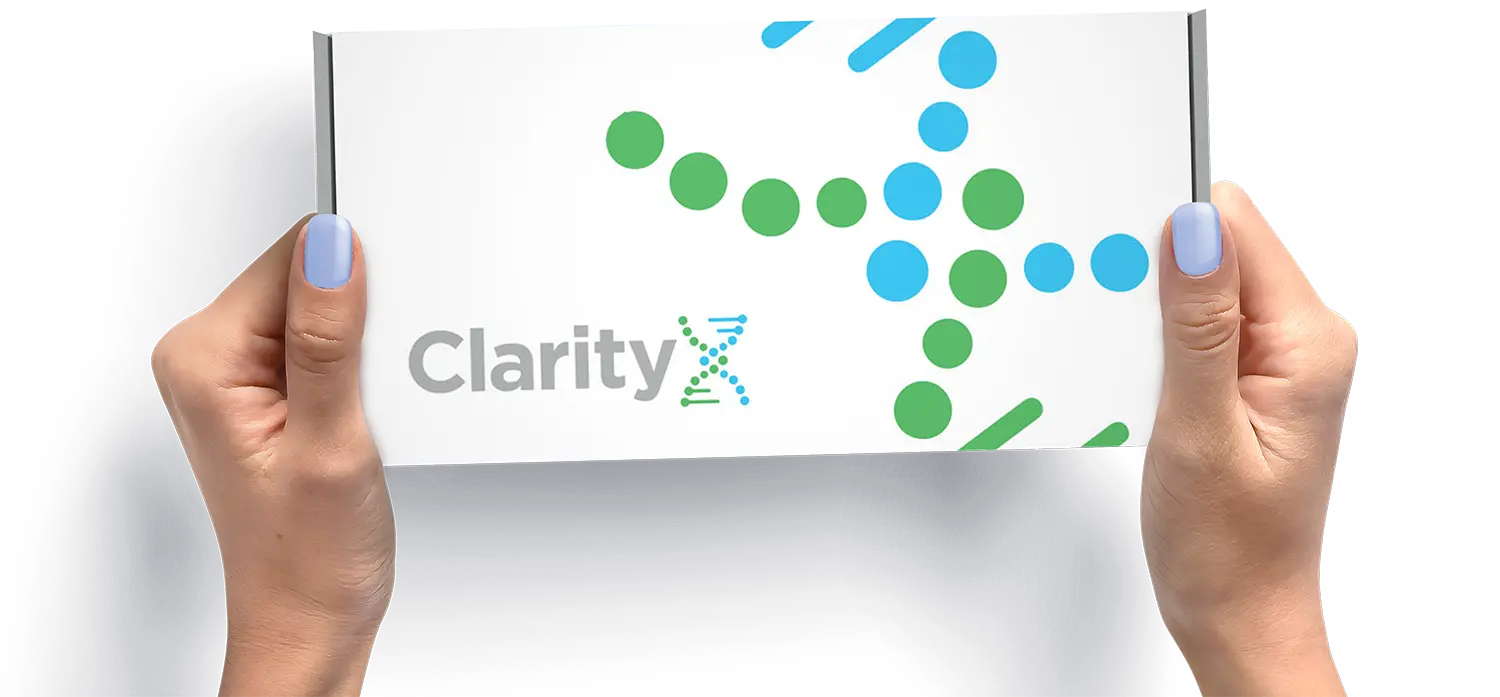Summer Sale! Save 25%
- DIACOMIT is indicated for the treatment of seizures associated with Dravet syndrome in patients 2 years of age and older taking clobazam. There are no clinical data to support the use of DIACOMIT as monotherapy in Dravet syndrome.
- Adverse reactions that occurred in at least 10% of DIACOMIT-treated patients and more frequently than on placebo were somnolence, decreased appetite, agitation, ataxia, weight decreased, hypotonia, nausea, tremor, dysarthria, and insomnia.
• DIACOMIT increases the plasma concentration of clobazam and its metabolite through metabolic inhibition of CYP3A4 and CYP2C19. Consider dose reduction of clobazam in case of adverse reactions.
• Substrates of CYP2C8, CYP2C19, P-gp and BCRP may require a dose reduction.
• Substrates of CYP1A2, CYP2B6 and CYP3A4 may require a dose adjustment.
• Strong inducers of CYP1A2, CYP3A4 or CYP2C19: Consider dose increase of DIACOMIT.
• Somnolence: Monitor for somnolence, particularly when DIACOMIT is used concomitantly with other CNS depressants; If somnolence occurs during co-administration with clobazam, consider an initial reduction of clobazam by 25%.
• Decreased Appetite and Decreased Weight: the weight of patients and the growth rate of pediatric patients should be carefully monitored.
• Neutropenia and Thrombocytopenia: Blood counts should be obtained prior to starting treatment with DIACOMIT and then every 6 months.
• Withdrawal: DIACOMIT should be gradually withdrawn to minimize the risk of increased seizure frequency and status epilepticus.
• Risks in Patients with Phenylketonuria (PKU): DIACOMIT powder for suspension contains phenylalanine; consider total daily intake before prescribing to patients with PKU.
• Suicidal Behavior and Ideation: Monitor for suicidal thoughts or behaviors.


